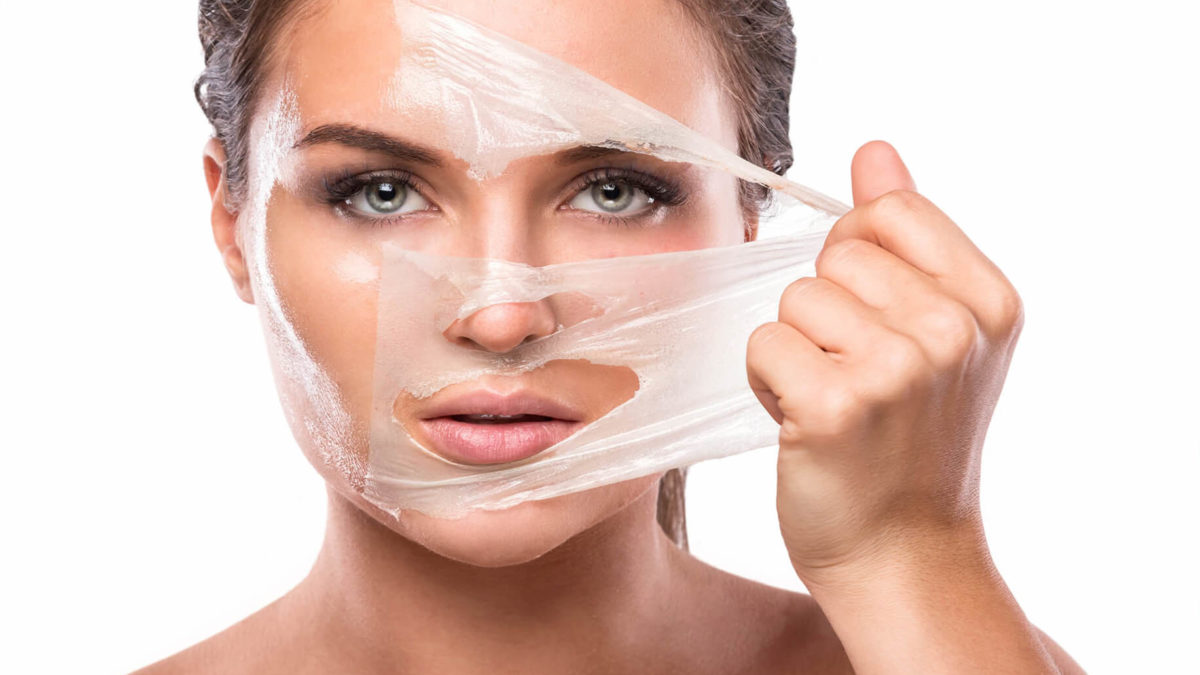
Secrets About Chemical Peeling Unraveled
Maintaining the glow of the skin is no joke. The kind of stressful lifestyle that people have and the time spent under the sun and in pollution are the torchbearers of acne, scars, age spots, dullness, wrinkles, hyperpigmentation, and whatnot.
However, the good thing about science is that it offers numerous ways to regain what’s been lost: a youthful appearance and taut and blemish-free skin. One of those treatments that we will be discussing in this guide is chemical peeling.
Hang on and skim through all the details to understand what makes a chemical peel at Clinique Anti Aging clinic so distinctive. Dive in!
What Exactly is Chemical Peeling?
Chemical peeling is the application of an acidic solution on the face with the intent of exfoliation. The kind of exfoliation that chemical peeling offers cannot be attained using any scrub.
It’s basically done in 3 ways: superficial peeling, medium peeling, and deep peeling.
Superficial peeling gets rid of dead skin, blackheads, and whiteheads on the surface of the skin (epidermis). It also kills the acne-causing bacteria on the surface. The downtime recovery is very little, usually 3-4 days away from the Sun are enough.
Medium peeling slips through the surface of the epidermis and targets the layer underneath the epidermis. Since the peel penetrates within, it offers a deeper level of exfoliation and the results are so much better. It controls sebum formation and reduces the appearance of wrinkles too.
Deep peeling is the most intense form of chemical peeling. It cannot be performed on all types of skin. If your skin is prone to scarring, your doctor might recommend against getting deep peeling done. Nonetheless, the acid seeps inside the deepest layer of the skin. It might take about 3 months for the skin to fully heal. But the kind of results that you’ll see is astonishing.
Why Get Chemical Peeling Done?
There are mainly three types of acids that are used for chemical peeling: glycolic acid, lactic acid, and resorcinol.
The type of acid administered will be decided by your doctor upon your skin’s evaluation.
The different problems that chemical peeling addresses and successfully treats are as follows:
- Exfoliation to remove dead skin, whiteheads, and blackheads, and to control sebum formation.
- Removal of acne, acne-causing bacteria, and acne scars.
- Removing hyperpigmentation and closing enlarged pores.
All in all, when administered by the right dermatologists, chemical peeling is the most dramatic skin correction treatment.






